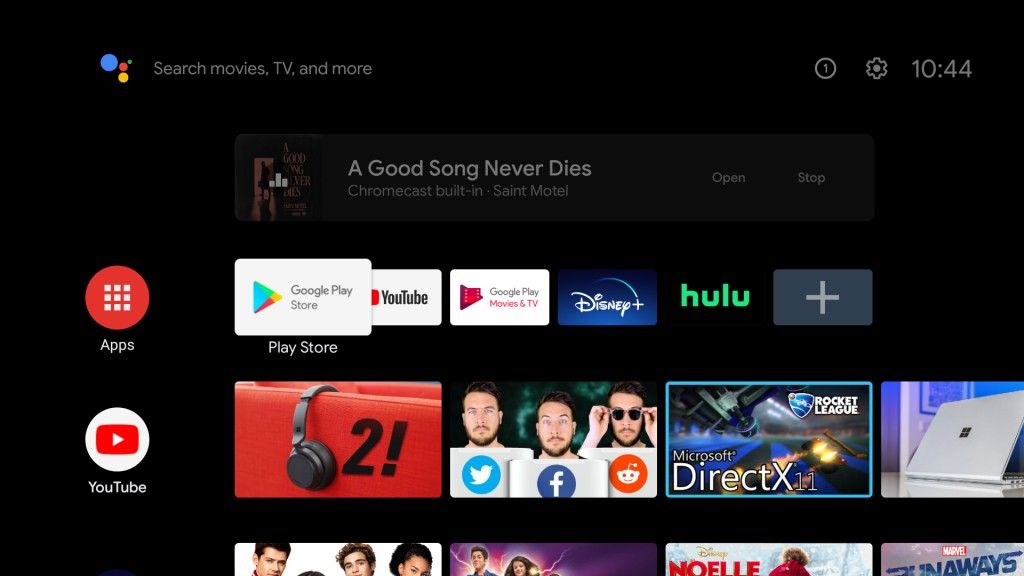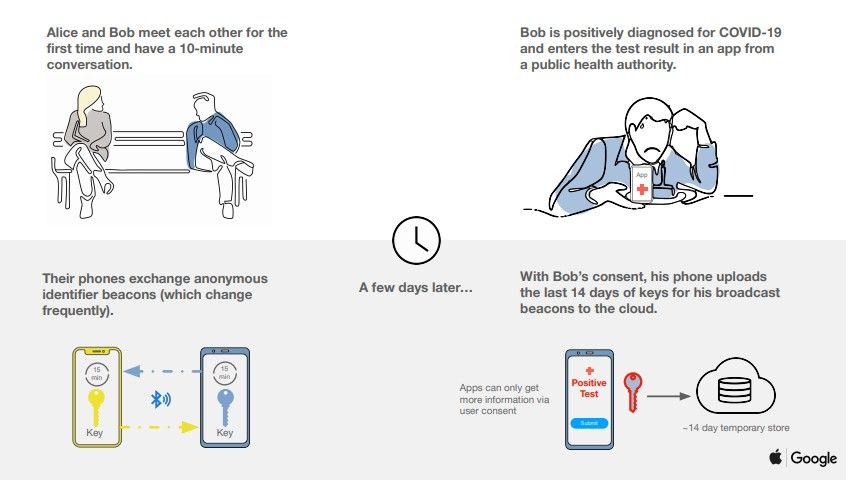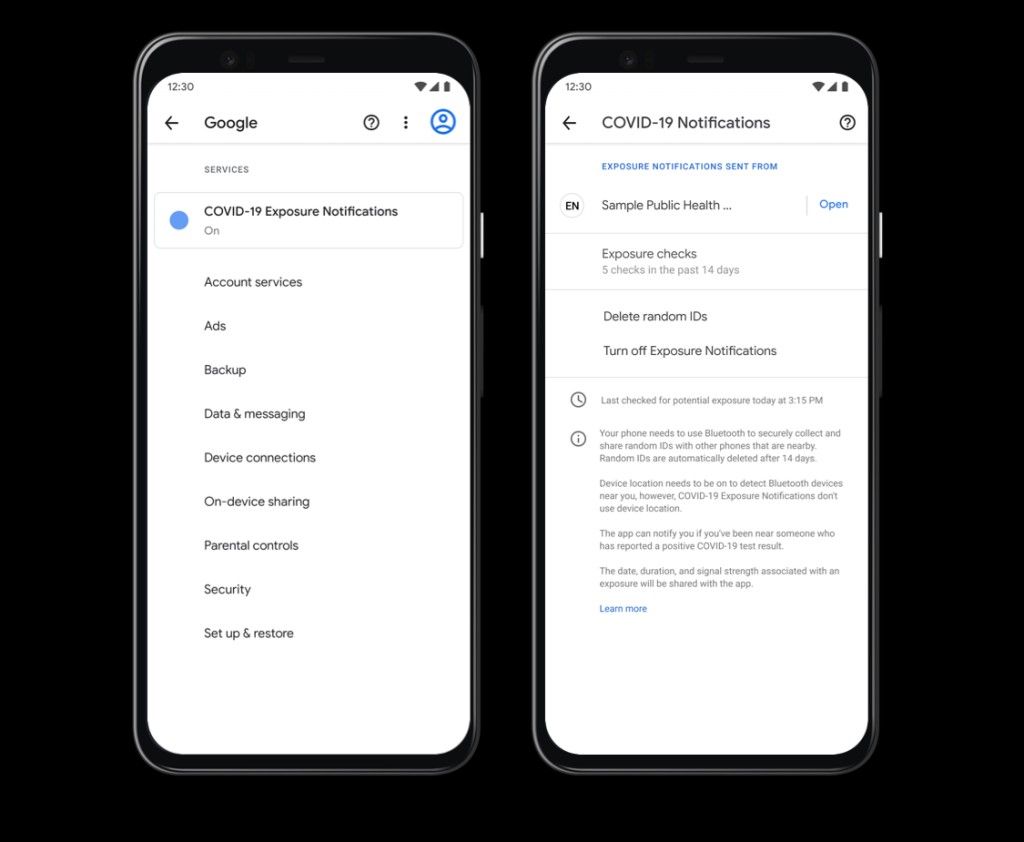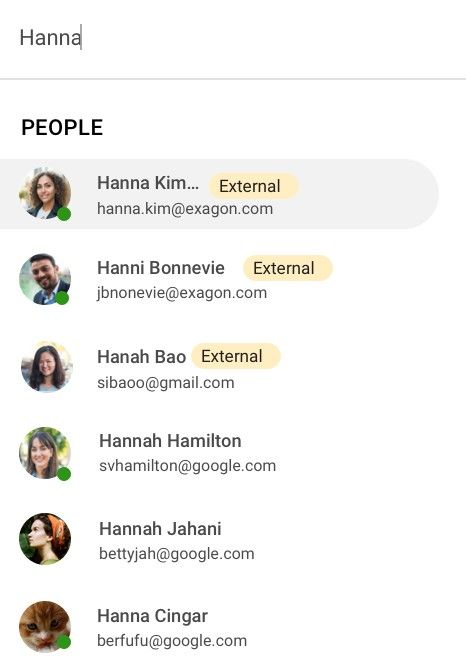Update 11 (5/20/20 @ 3:10 AM ET): Verizon enables uploading over its 5G Ultrawide Band (mmWave) network in 35 cities.
Update 10 (12/23/19 @ 9:20 AM ET): Verizon 5G is now live in Cleveland and Columbus, Ohio and Hampton Roads, Virginia.
Update 9 (12/20/19 @ 10:45 AM ET): Verizon wraps up the week by lighting up 5G in 7 more cities.
Update 8 (12/18/19 @ 11:15 AM ET): Verizon’s 5G network lights up in Hoboken, New Jersey.
Update 7 (12/17/19 @ 11:30 AM ET): The latest city to get Verizon’s 5G Ultra Wideband network is Des Moines, Iowa.
Update 6 (12/16/19 @ 10:40 AM ET): Verizon is rolling out 5G coverage in the Los Angeles area.
Update 5 (11/20/19 @ 9:10 AM ET): Verizon finally has detailed 5G coverage maps for every city on its website.
Update 4 (11/19/19 @ 9:25 AM ET): Verizon’s 5G network lights up in Boston, Houston, and Sioux Falls.
Update 3 (10/25/19 @ 12:45 PM ET): Verizon expands its 5G network coverage to Omaha and Dallas.
Update 2 (9/26/19 @ 1:15 PM ET): Verizon launches 5G service in New York City, Boise, and Panama City.
Update 1 (8/22/19 @ 12:15 PM ET): Verizon has announced the 5G rollout in Phoenix and a partnership with Boingo.
While many people are still skeptical about 5G, Verizon continues its rollout plans. Today, the company flipped the switch for four new cities: Atlanta, Detroit, Indianapolis, and Washington DC. Verizon is already selling a couple of 5G devices, but the list of available cities is still relatively small. So the continued expansion is good news.
Verizon’s 5G Ultra Wideband network is mmWave, just like AT&T, but different from Sprint’s sub-6Ghz network. One of the limitations of mmWave is you have to be in very specific locations to get the advertised 5G speeds. For example, read the description for Indianapolis below.
Indianapolis:
In Indianapolis, 5G Ultra Wideband service is initially available in parts of the following neighborhoods, Arsenal Heights, Bates Hendricks, Castleton, Crown Hill, Fountain Square, Grace Tuxedo Park, Hawthorne, Historic Meridian Park, Lockerbie Square, Ransom Place, Renaissance Place, St. Joseph Historic Neighborhood, Upper Canal and Woodruff Place and around such landmarks and public spaces as Garfield Park, and Indiana University School of Medicine.
Even if you have a 5G device and live in these cities, you may not be in the covered areas. These four new cities bring Verizon’s list up to nine, but they are still planning to have 5G in more than 30 cities by 2020. Soon, they will add the Galaxy Note 10 5G to the list of capable devices as well. Whether the market is ready or not, Verizon marches on with 5G.
Washington DC:
In Washington DC, consumers, businesses and government agencies can initially access Verizon’s 5G Ultra Wideband service in areas of Foggy Bottom, Dupont Circle, Cardozo / U Street, Adams Morgan, Columbia Heights, Le Droit Park, Georgetown Waterfront, Judiciary Square, Shaw, Eckington, NOMA, National Mall and the Smithsonian, Gallery Place / Chinatown, Mt. Vernon Square, Downtown, Penn Quarter, Brentwood, Southwest Waterfront, Navy Yard, and nearby Crystal City, VA, as well as around landmarks such as the Ronald Reagan National Airport, United States Botanical Gardens, Hart Senate Building, National Gallery of Art, Lafayette Square, The White House, Freedom Plaza, Farragut Square, George Washington University, Capital One Arena, Union Station, Howard University Hospital, George Washington University Hospital, and Georgetown Waterfront Park.
Atlanta:
In Atlanta, 5G Ultra Wideband service will initially be concentrated in parts of the following neighborhoods: Downtown, Midtown, Tech Square, and around such landmarks as The Fox Theater, Emory University Hospital Midtown, Mercedes-Benz Stadium, Home Depot Backyard, Centennial Olympic Park, Georgia Aquarium, World of Coca Cola, and parts of Renaissance Park.
Detroit:
In Detroit, 5G Ultra Wideband service will initially be concentrated in parts of the following areas: Dearborn, Livonia, and Troy, including areas around the Oakland-Troy Airport.
Source: Verizon
Update 1: Phoenix Launch + Boingo Partnership
Verizon’s 5G coverage is coming to Phoenix, AZ, bringing the list of 5G cities up to 10. The network will go live on August 23rd. Verizon also announced a partnership with Boingo to bring 5G Ultra Wideband service to indoor and public places.
This is important because Verizon’s current 5G network is essentially unusable indoors, a limitation of the technology they are using. The partnership should bring 5G to places like airports, stadiums, arenas, office buildings, hotels, etc.
Last, but not least, the Samsung Galaxy Note 10+ 5G will be available from Verizon tomorrow, August 23rd. The full retail price is $1,299.99.
Source: Verizon
Update 2: NYC, Boise, Panama City
Verizon’s 5G coverage is expanding to 3 more cities: New York City, Boise, and Panama City. In New York City, coverage will be in areas of Manhattan, Brooklyn, the Bronx, and around several landmarks. Verizon’s 5G technology limits coverage to very specific areas, so be sure to check the source below for all the exact locations you can access 5G in these cities.
Source: Verizon
Update 3: Omaha & Dallas
Today, Verizon has expanded 5G coverage to two more cities: Omaha, Nebraska and Dallas, Texas. This brings the number of cities with 5G coverage from Verizon up to 15. As with the previous announcements, the actual coverage areas are extremely specific. So if you live in these cities, be sure to check the link below to find out where you can get 5G speeds.
Source: Verizon
Update 4: Boston, Houston, and Sioux Falls
Verizon has announced that its 5G network is now live in three more cities across the US: Boston, MA, Houston, TX, and Sioux Falls, SD. This brings the total number of cities with Verizon 5G coverage up to 18. Just like the previous 15 cities, 5G is only accessible in these cities in very specific locations due to limitations with Verizon’s network technology. Be sure to visit the link below to see the exact locations where you can use 5G.
Source: Verizon
Update 5: 5G Coverage Map
Verizon has been flipping the switch for 5G in US cities for months, but they’ve never really had detailed coverage maps. You can now visit this page on Verizon’s website and select a city to see the 5G coverage. Maps show where 5G Ultra Wideband is strongest and you can zoom in to see LTE coverage as well. Verizon’s 5G coverage is very specific, so these maps are handy if you’re looking to try it out. The website also lists 10 cities that will get 5G next: Cincinnati, Kansas City, Charlotte, Little Rock, Cleveland, Memphis, Columbus, Salt Lake City, Des Moines, and San Diego.
Source: Verizon
Update 6: Los Angeles
Verizon 5G Ultra Wideband service is now available in areas around Los Angeles. As Verizon’s 5G network is limited to very specific locations, it’s not available city-wide. The exact locations are explained below, but Verizon will also have more detailed coverage maps available for the area on December 20th.
Parts of Downtown, Chinatown, Del Rey, and Venice around landmarks such as: Grand Park, Los Angeles Convention Center, Union Station, LA Live, Staples Center, and Venice Beach Boardwalk.
Source: Verizon
Update 7: Des Moines, Iowa
The 20th city to get Verizon’s 5g Ultra Wideband service is Des Moines, Iowa. As with all cities, the coverage does not blanket all areas. Verizon will have a detailed coverage map for Des Moines on December 20th. Until then, you can read the description below.
5G Ultra Wideband service will be available in parts of Downtown, East Village, and West Des Moines around landmarks such as: Iowa State Capitol, Hyvee Hall, Wells Fargo Arena, Pappajohn Sculpture Park, Principal Park, Jordan Creek Town Center and MercyOne West Des Moines.
Source: Verizon
Update 8: Hoboken, New Jersey
Verizon continues to light up 5G in new cities every day this week. Next up is Hoboken, New Jersey, the 21st city with Verizon’s 5G Ultra Wideband. The detailed coverage map for the city will be available on December 20th.
5G Ultra Wideband service will be concentrated on Willow Ave between 1st and 16th Streets; 5th Street between Marshall Drive and Garden St, Adams St between 2nd and 7th Streets. It will also be located around landmarks such as: Hoboken University Medical Center, Church Square Park, Hoboken Public Library and Mama Johnson Field.
Source: Verizon
Update 9: 7 new cities
Verizon has been busy lighting up cities across the US with 5G Ultra Wideband this week. The culmination is 7 more cities: Charlotte and Greensboro, North Carolina; Grand Rapids, Michigan; Miami, Florida; Salt Lake City, Utah; Spokane, Washington; and Memphis, Tennessee. This brings the total number of cities up to 28. Verizon’s updated 5G coverage map should be available soon for all the cities announced this week. Check out the full location descriptions at the link below in the meantime.
Source: Verizon
Update 10: Cleveland, Columbus, Hampton Roads
Today, Verizon announced that it met its goal of 30 cities with 5G in 2019. Cleveland and Columbus, Ohio and Hampton Roads, Virginia put the number at 31. The John Glenn International Airport in Columbus also becomes the first US airport with 5G coverage. Visit the link below to see the detailed locations of where 5G is accessible in these cities.
Source: Verizon
Update 11: San Diego, 5G Uploads
Since our last update, Verizon has continued to bring 5G access to more cities. Parts of Little Rock, Kansas City, and Cincinnati were added in January, and San Diego is the most recent addition. You can find more information about precise access locations on Verizon’s coverage map. The other big announcement is 5G uploads.
You may be surprised to learn that it wasn’t previously possible to upload over 5G on Verizon’s Ultrawide Band (mmWave) network. Everyone talked about the amazing download speeds, but uploads were not possible. That changes now as customers in all 35 5G cities and supported venues can upload over 5G with speeds “about 30 percent faster than 4G LTE.”
Source: Verizon
The post [Update 11: San Diego, 5G Uploads] Verizon 5G is Rolling Out to More Cities appeared first on xda-developers.
from xda-developers https://ift.tt/31aLIjV
via
IFTTT



 out to see it in action.
out to see it in action. 








